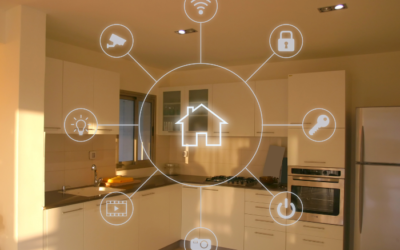How to correctly calculate the budget, how to avoid unexpected expenses, and how to achieve the best results with limited resources?
Budget Planning and Financial Management: Collecting Preliminary Data
Every successful budget starts with gathering the necessary data. This stage of information gathering includes:
• The dimensions of the construction or renovation area,
• Preliminary estimates of required materials and labor,
• Initial goals and expected changes.
You need to assess the scale of your project and what kind of changes you plan to make. This step is crucial because projects often exceed the initial budget due to a lack of clear goals or criteria.
The next step is to specify data sources, such as the construction materials market and offers from renovation professionals. The more precise the data, the more successful the budget planning will be.
Classification of Expense Types
Expenses can be divided into several main categories:
- Construction materials – this can include various materials such as tiles, paints, soundproofing and thermal insulation materials, etc.
- Labor – including builders, renovators, and specialists.
- Additional expenses – hidden costs that may arise due to issues discovered on the construction site (for example, repeated electricity or water outages).
This is important because the budget must be comprehensive and include both known and potentially unexpected expenses.
Key Factors for the Budget
Several important factors affect the final form of the budget:
• The size of the area and the complexity of the renovation.
• The cost of materials, which can vary depending on market conditions.
• Time factor – the longer the project takes, the higher the expenses.
Long-term projects usually require large reserve funds, as market prices may change over time.
Work Evaluation
Work assessment is one of the key components of the budget. Its purpose is to determine in advance what costs are needed, what issues will be addressed, and how the project will be implemented phase by phase.
Estimating Labor and Material Costs
The first step in work assessment is to develop a detailed project. Here are three main stages that help accurately estimate costs:
- Determining the type of work in the design phase: Clearly define what work will be performed, for example, wall replacements, installation of heating systems, or complete kitchen renovations.
- Preliminary estimate of material costs: This includes key materials and their prices, such as tiles, flooring, paints, etc.
- Estimating labor costs: This may include both the main builders and other contributors such as showroom staff and designers. Keep in mind that labor costs can often be higher depending on market demand.
Methods of Technical Assessment
At this stage, it is recommended to use construction assessment tools or financial management software. These programs allow for more accurate financial calculations, inclusion of all materials and work duration, and observation of how costs change depending on different factors.
Work often involves unexpected issues, such as problems with electrical or plumbing systems. In such cases, it’s important to allocate some reserve funds in the budget to solve these problems without stress.
Creating a Work Schedule
Accurate scheduling is a crucial part of budget management. Each task must correspond to a specific phase of the project to predict the impact of possible delays on the budget.
• How to create a schedule: First, clarify the phases of the work – from preliminary preparation to installation of final elements.
• Time-saving methods: The schedule should be as flexible as possible to avoid unnecessary time and financial waste.
It’s also important to consider delivery delays or workforce absences, as these can disrupt the budget.
3. Salaries and Construction Service Costs
Salary estimation should be done with great care, as it can significantly impact the overall project budget. Construction service companies or specialists usually offer either fixed prices or hourly rate-based contracts.
Common Methods of Compensation
In construction and renovation projects, labor compensation can be:
- Fixed contract – where the total cost of work is agreed upon at the beginning of the project and the final amount does not change, except in case of unforeseen problems.
- Hourly compensation – where workers are paid according to hours worked, which can be risky if the work is delayed.
Payment Policies for Suppliers and Workers
The payment process should be agreed upon in advance. Contracts with showrooms and suppliers should be detailed and include clear deadlines and conditions.
For example, the contract should state how much percentage should be paid in advance, and that the final payment should only be made after full completion of the work. This way, financial risks are minimized, and you avoid mistakes and unnecessary expenses.
Comparison of Different Suppliers and Services
A key stage in financial management is market analysis – comparing showrooms and service providers.
How to Choose the Best Options Based on Price and Quality
- Conduct market research – get different offers from showrooms and service providers.
- Compare price quotes – showrooms often have different prices for the same material, which means it’s necessary to study the market and choose the best price-quality combination.
- Contractual mechanisms – some showrooms offer discounts or options for bulk purchases. This is important when buying large amounts of materials.
The selection of suppliers should be based not only on price but also on quality, since in long-term projects, cheap materials may become more expensive due to fast wear.
Forecasting Changes in Product and Service Prices
Renovation projects often last for months or years, and during that time, the prices of materials or services can change.
Predicting Price Fluctuations
- Economic factors – economic crises and inflation can significantly affect the prices of construction materials.
- Seasonal factors – some materials may become more expensive or affordable depending on seasonal changes.
Therefore, it’s important to purchase the necessary materials on time or plan for potential cost increases.
Financial Tools for Budget Planning
To implement budget planning effectively, financial tools are essential. These include various software solutions that help control costs and make accurate predictions.
Software Solutions for Budgeting
- Project management software – such programs allow you to manage the budget, plan expenses, and make forecasts.
- Use of financial reporting platforms – such as QuickBooks, FreshBooks, which help monitor budget progress and ensure cost control.
These tools are designed to provide financial reports and make the budget management process more organized.
How to Avoid Budget Overruns
One of the most important challenges in financial management is exceeding the budget. Often, a project begins with a certain budget, but the final result ends up being significantly more expensive.
Methods for Controlling Major Expenses
- Adjusting the Work Schedule – The sooner the work is completed, the fewer expenses there will be.
- Stage-by-Stage Expense Monitoring – Expenses should be regularly tracked, and work progress should be monitored to ensure it stays within the budget framework.
Assessment of Potential Risks and Unexpected Costs
Assessing potential risks is highly important when drafting a budget. Projects often lead to unforeseen expenses, and it’s crucial to be prepared for them.
Evaluation of Absolute and Relative Risks
- Absolute Risks – These may include construction issues that require additional spending.
- Relative Risks – These involve factors like market fluctuations or increased costs due to inflation.
These risks can be mitigated by making strategic decisions in advance.
How to Smartly Allocate the Budget
Effective budgeting begins with the right prioritization. It is necessary to define the primary expenses in advance and allocate funds accordingly.
Setting Priorities
- Priority for Essential Expenses – Identify which costs are vital (e.g., plumbing, heating, electricity).
- Secondary Expenses – These include design and stylistic changes, which can be postponed.
Clear priorities help avoid budget overruns.
Use of More Efficient Materials and Solutions
Some materials offer more value than others due to their efficiency and durability. Use energy-efficient materials and technologies to reduce future expenses.
Financial Monitoring
Regular Reports and Analysis
Throughout budget management, it’s necessary to prepare regular financial reports to assess alignment between the budget and actual expenses.
Ongoing Monitoring of Budget and Expenses
- Periodic Expense Reports – After each stage, check how much money has been spent and how it compares to the initial plan.
- Monitoring Methods – Use software tools to ensure that spending aligns with the original budget.
These systems allow for effective budget management and help prevent overruns.
Long-Term Planning
Long-Term Strategy for Budget Construction
In the final phase, budget planning should include a long-term strategy. This means forecasting maintenance and service costs of the renovation project.
Effective budget planning includes thorough analysis, preparation for risks, and smart allocation of resources. Financial management strategies should be flexible to ensure successful project implementation with limited resources.






